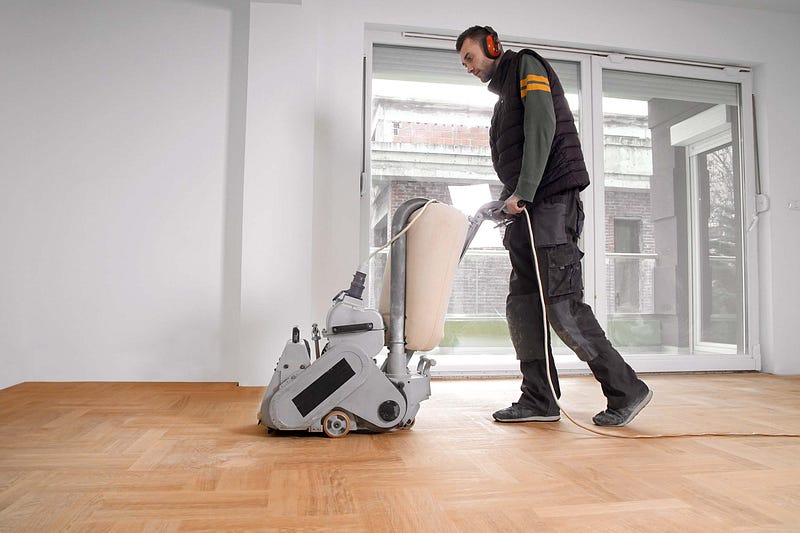Floor Sanding Restoring the Beauty Beneath Your Feet

Floor sanding is the process of removing the top surface of a wooden floor by sanding it down with abrasive materials. Over time, wooden floors can become scratched, stained, or worn due to heavy foot traffic, furniture movement, and daily wear and tear. Sanding helps restore the natural beauty of wood, making floors look brand new without the need for a full replacement.
Why Floor Sanding is Important
Wooden floors are a long-term investment and contribute greatly to the overall appearance and value of a home or commercial space. However, without proper maintenance, they can lose their charm. Floor sanding plays a crucial role in:
Removing surface damage: Scratches, dents, and stains can be sanded away.
Improving appearance: A freshly sanded and polished floor looks smooth, shiny, and elegant.
Extending lifespan: Properly sanded and sealed floors can last for decades.
Enhancing hygiene: Sanding removes dirt and allergens trapped in the worn-out surface.
The Floor Sanding Process
The process of floor sanding typically involves several key steps:
Preparation: Furniture is removed, and the floor is cleaned thoroughly. Any loose nails or staples are fixed.
Sanding: Using industrial-grade sanding machines, the top layer of the wood is removed. This process may involve multiple passes with different grit levels for a smooth finish.
Filling Gaps (if needed): Gaps and cracks are filled using a wood filler to ensure a consistent surface.
Fine Sanding: A finer grit is used for the final sanding to prepare the floor for sealing.
Finishing: A protective sealant such as oil, wax, or lacquer is applied to protect the floor and enhance its natural color.
Types of Finishes After Sanding
Once the sanding is complete, choosing the right finish is essential. Some popular options include:
Water-based polyurethane: Dries quickly and gives a clear finish.
Oil-based polyurethane: Offers a rich, warm tone but takes longer to dry.
Hardwax oil: Penetrates the wood, providing a natural look and feel.
Wax: Traditional option, gives a soft glow, but requires regular maintenance.
When Should You Consider Floor Sanding?
Floor sanding is ideal in several situations, including:
After years of wear and tear.
When floors are heavily scratched or discolored.
During home renovations.
When switching to a new finish or color.
Conclusion: A Smart Investment for Every Home
Floor sanding doha is a cost-effective way to breathe new life into old wooden floors. It enhances the beauty, durability, and cleanliness of your space. Whether you’re updating your home for resale, improving aesthetics, or simply maintaining your property, floor sanding is a smart investment that delivers long-lasting results. With the right professionals and proper care, your wooden floors can shine for years to come.
Comments
Post a Comment